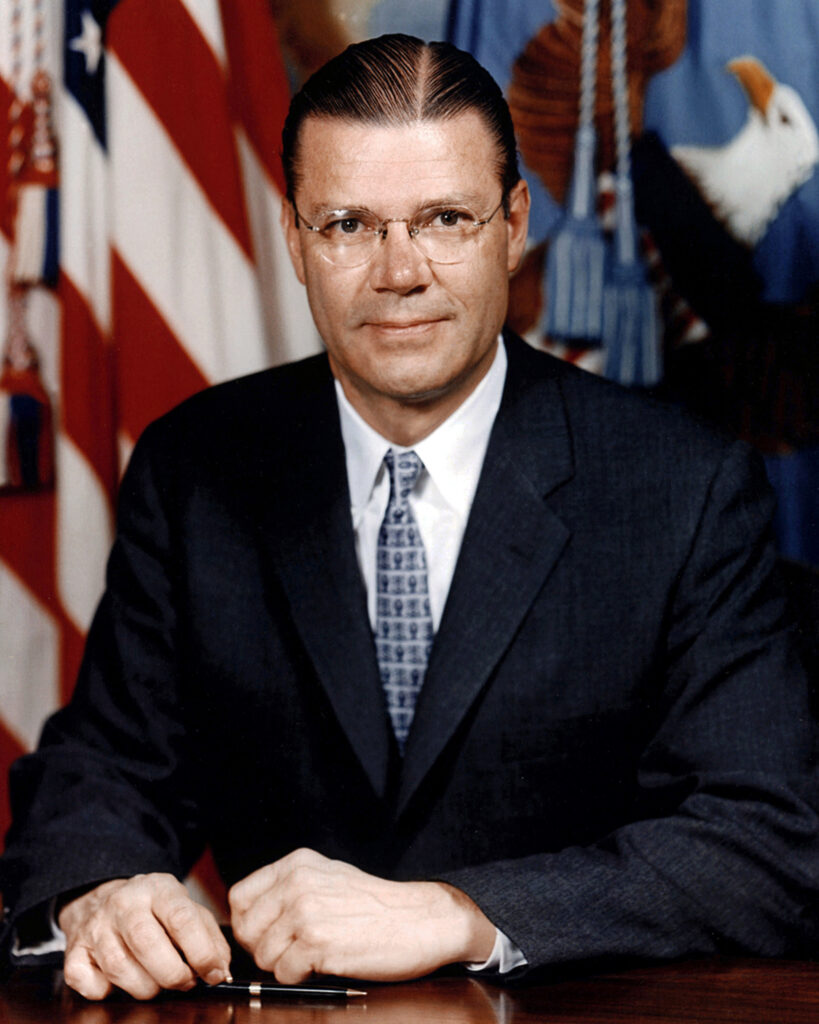Making Recruiting Ends Meet

I wrote a bit more about the Future Soldier Preparatory Course, offering some contrast with programs from the past…
Because the Future Soldier Preparatory Course involves a creative approach to resolving the tension between high standards and the need to recruit more soldiers, some have compared it to Project 100000, a Vietnam-era program designed to expand Army recruitment to populations that previously had been excluded because of low academic or physical evaluations (in practice, opening up recruiting for candidates who scored in the 10th to 30th percentile on armed forces recruting tests).
Project 100000 was designed in a different time to solve a problem that was in some ways the same but in other ways much different.
The Project resulted from two impulses; the first a need to close the gap in recruitment created by US involvement in the Vietnam War, and second a belief in the power of technology to close gaps in testing and intellectual performance.
Essentially, Secretary of Defense Robert McNamara believed that he could address the Vietnam manpower problem while simultaneously resolving the issue of low-scoring recruits by placing them in front of educational videotapes.
Every time we talk about military recruiting and the demographic foundations of the US military, someone brings up McNamara’s 100000… which is fine, as long as you understand what the program actually entailed. Briefly:
- Project 100000 was geared primarily towards remedying Vietnam-era recruiting shortfalls, although it also had the veneer of a War on Poverty program.
- The program substantially reduced standards for enlistment, reducing the floor from the 30th percentile to the 10th percentile on standardized tests.
- The program was widely regarded as a disaster in terms of generating combat effectiveness (the recruits were poor soldiers who made their units less effective and their comrades less safe) and generating improved socio-economic outcomes for the recruits (vets of the program performed worse than similarly positioned non-vets in civilian life).
- The program was cancelled as the Vietnam-era recruiting crunch eased.
So if you are inclined to respond to “the US military does NOT recruit primarily from socio-economically disadvantaged populations” with “yeah well what about McNamara’s 100000?” please understand that the project happened almost sixty years ago, lasted about five years, was universally acknowledged to be a complete disaster, and has zero bearing on the modern US armed forces.


